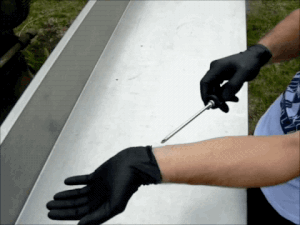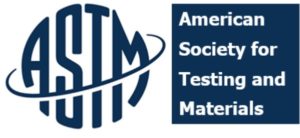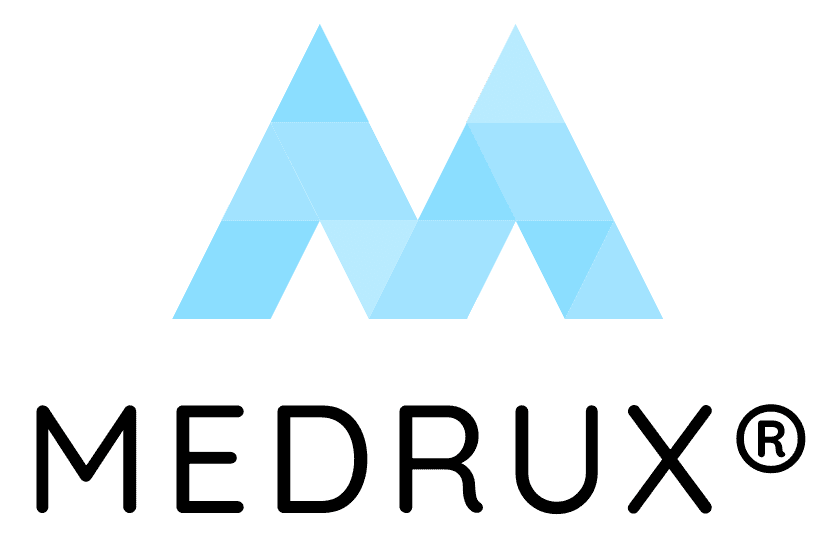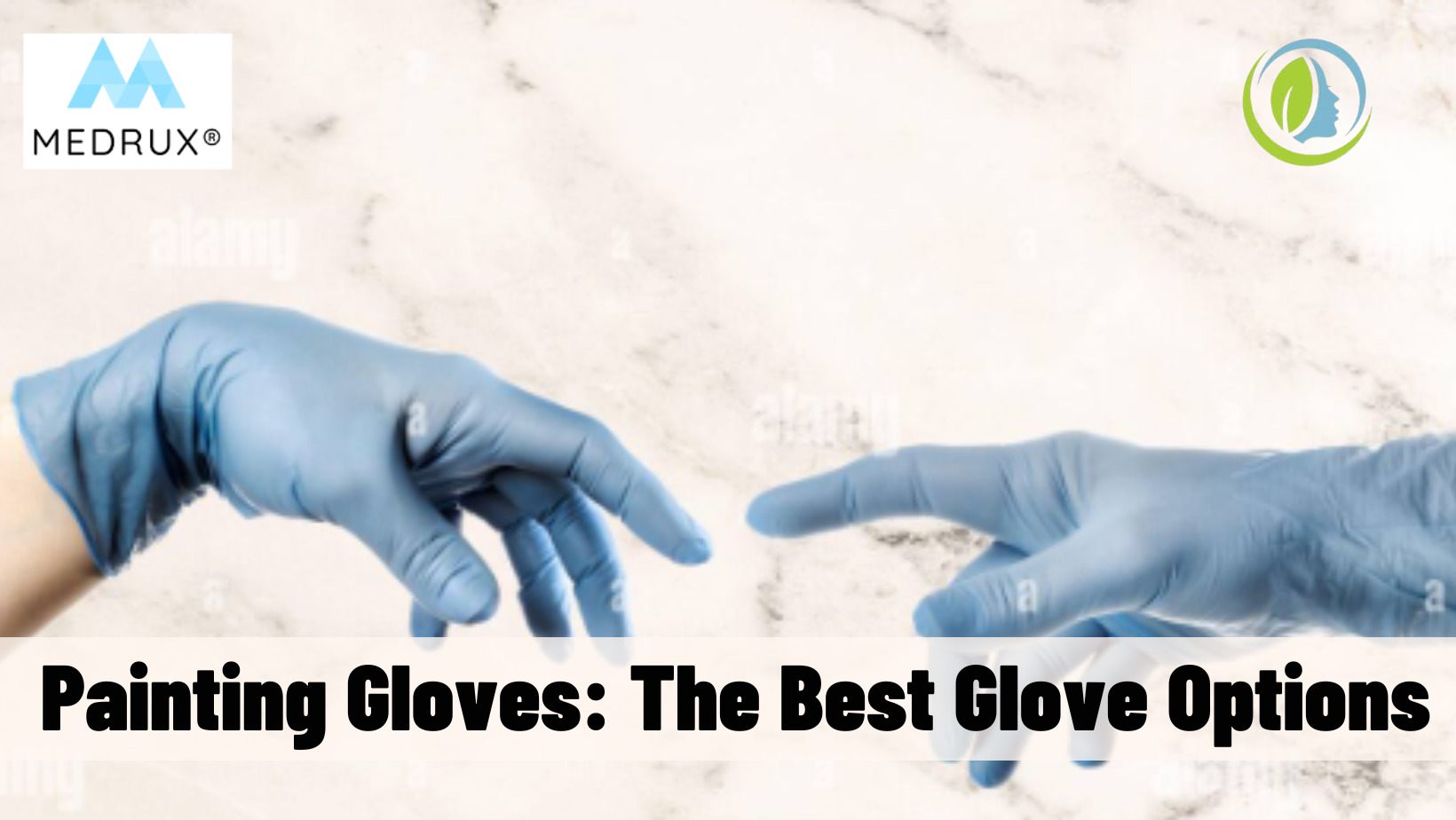When we Google the most prevalent type of glove used on the market today, we usually discover nitrile gloves at the top of the search result list.
The primary cause of this is the replacement of numerous types of gloves with nitrile gloves…why?
Nitrile gloves in a glance!

They are a type of glove composed of synthetic and latex-free acrylonitrile-butadiene rubber.
Synthetic rubber is primarily produced by the extraction of latex rubber from rubber trees.
The procedure is completed by binding acrylonitrile and butadiene to form a nitrile structure.
The final step involves the extraction of latex, making nitrile gloves an excellent choice for persons who are allergic to latex.
Nitrile gloves offer a high level of protection
The glove’s strong puncture resistance, heavy duty strength, great tactile sensitivity, and chemical, gas, and liquid protection are what make it so versatile.

The nitrile glove protects hands against a variety of chemicals and, more significantly, provides excellent bacterial, fungal, and viral protection.
If you work in the industrial, food service, food processing, sanitation, medical, or dentistry areas, your gloves of choice will be nitrile gloves.
However, in this article we will mainly focus on nitrile gloves for medical application…keep reading
Nitrile gloves for medical usage
According to the FDA, nitrile gloves are the ideal for heavy-duty duties such as dealing with biological agents, medical wastes, evaluating a patient, performing surgery, or examining a dental case.
Before purchasing medical nitrile gloves!
Before purchasing your medical nitrile gloves, be sure they meet the American Society for Testing and Materials (ASTMD) 6319 standard.
This article is for you if you just have a basic understanding of the ASTMD 6319.
In this article, we will discuss:
The standard specification of the medical nitrile gloves and when to say that medical nitrile gloves comply with this standard. Continue reading!
What does the ASTM D6319 standard entail?

It is basically a standard that outlines the parameters of nitrile gloves, which are mostly used in the previously mentioned medical applications.
The standard goes into physical criteria such as tensile strength and elongation.
It also discusses test procedures, glove size, and other aspects.
The standard was designed in line with internationally recognized standardization guidelines mentioned in the World Trade Organization Technical Barriers to Trade (TBT) Committee’s Decision on Principles for the Development of International Standards, Guides, and Recommendations.
Fact: The ASTM D6319 standard is quite similar to the D3578 standard, which describes the requirements of rubber gloves.
More about medical nitrile gloves material according to ASTM D6319 standard?
As previously stated, nitrile gloves are made of rubber that is approved to be used in accordance with specified standards.
It has been stated that the lubricant used in the production process is crucial and must fulfil US pharmacopoeia requirements.
Furthermore, the nitrile gloves used for the patient’s examination should be talc-free, since certain patients may have allergic responses to talc (1).
Let’s go more in-depth and know the performance requirements…
To say this medical nitrile glove complies with ASTM D6319, it will be because:
It meets the following specifications when it is labeled as sterile
Sterile gloves should be certified only after passing a specific test known as the “Sterility test.” specified by the U.S. Pharmacopeia.
Direct inoculation and membrane filtration are the two testing methods used to ensure the absence of living microorganisms such as bacteria, viruses, and fungi.
The glove is totally free of holes
Medical nitrile gloves should be verified for hole-freeness in accordance with the requirements (D5151 standard) established by the United States Pharmacopeia.
The test is usually performed to detect the smallest holes that might lead to water leak.
The glove’s physical dimensions meet the required standards
Medical nitrile gloves must fulfil the standard, which includes parameters such as length, width, and thickness, all of which are measured in millimeters.
When measuring the width, it is best to measure near the base of the thumb to the base of index finger.
On the other hand, the length is usually measured from the tip of the middle finger to outside of the cuff.
Finally, for the required thickness calculations, a single wall thickness may be calculated by measuring the double wall thickness and taking one-half of the measured double wall thickness.
| Size | |||||||||
| Designation | 6 | 6.5 | 7 | 7.5 | 8 | 8.5 | 9 | Tolerance, mm | |
| Width by size | 75 | 83 | ±6 | ||||||
| Width by | Xs
70 |
S
80 |
Unisize
85 |
Medium
95 |
Large
110 |
XL
120 |
XXL
130 |
±10 | |
| length | 220 | 220 | 230 | 230 | 230 | 230 | 230 | min | |
| Thickness, mm:
Finger Palm |
For All sizes
0.05 min 0.05 min |
||||||||
| All values are provided by the American Society for Testing and Materials *ASTM | |||||||||
The gloves fulfill all of the physical standards.
Medical nitrile gloves should be certified following tensile stress, strength, and elongation testing.
The test is typically carried out in accordance with the ASTM D412 test technique.
For the accelerated aging, it has been stated that all the medical nitrile gloves should meet the standards after being tested through D573 test method as one of the methods below;
- Tensile strength and ultimate elongation must not be less than the values indicated below after being exposed to a temperature of 70 ± 2°C for 166 ±2 h.
- Tensile strength and ultimate elongation must not be less than the values indicated below after being exposed to a temperature of 100 ± 2°C for 22 ±0.3 h.
- Aging test is not recommended for gloves that are more than 6 months old from the date of production or for which the date of manufacture cannot be determined. If such gloves are tested, their physical criteria for tensile strength and ultimate elongation must not be less than the reference values below for “After Accelerated Aging.”
Check the below table for the reference values:
| Before aging | After accelerated aging | ||
| Tensile strength | Ultimate elongation | Tensile strength | Ultimate elongation |
| 14 MPa, min | 500% min | 14 MPa, min | 500% min |
| All values are provided by the American Society for Testing and Materials *ASTM | |||
For the powdered or powder-free gloves, the ASTM recommend a testing method (D6124) for calculating the average powder on the glove.
The glove meets the inspection & acceptance level condition
The ASTM has declared that nitrile gloves used in medical applications must fulfil the inspection and accepted quality level as shown in the table below in order to be certified.
| Characteristic | Related defects | Inspection level | AQL |
| Sterility | fails sterility | A | N/A |
| Freedom from holes | Holes | G-1 | 2.5 |
| Dimensions | Wide, length, thickness | S-2 | 4.0 |
| Physical properties | before and after accelerated aging | S-2 | 4.0 |
| Powder-free residue | Exceed maximum limit | N=5 | N/A |
| Powder amount | Exceeds maximum recommended limit | N=5 | N/A |
| All the data provided by the American Society for Testing and Materials *ASTM | |||
The glove’s package meets the standards
There are several regulations linked to the packing technique, whether it is sterile or non-sterile.
As shown in the table below, the key differences between sterile and non-sterile packets are as follows:
| Sterile packs | Non-sterile packs |
| Each bundle should include no more than one or two pairs of gloves. | Not a necessary condition |
| The boxes must be robust enough to withstand shipping and storage. | Necessary condition |
| The packing materials should not interfere with the product’s quality. | Necessary condition |
| For disinfecting purposes, an outer cover for the pack is always recommended | Not a necessary condition |
| The box should be firmly wrapped and have enough room to allow easy wearing. | Not a necessary condition |
Looking for medical nitrile gloves that satisfy your needs?
MEDRUX offers medical nitrile gloves that meet the required standards and, hence, provide the best medical protection against a wide range of chemicals request your quote today!
In this article, we have almost covered the majority of the criteria for medical nitrile gloves to meet with ASTM D6319-19, which is based on the American Society of Testing and Materials guideline “Standard Specification for Nitrile Examination Gloves for Medical Application.”
Therefore, you are now aware of most of the specifications and ready to choose your protective gloves that offer the best safety for your medical purposes.
Finally, I hope that you enjoyed reading the article!







